Insider reveals the secrets of the Situation Room — where high drama and low farce collide
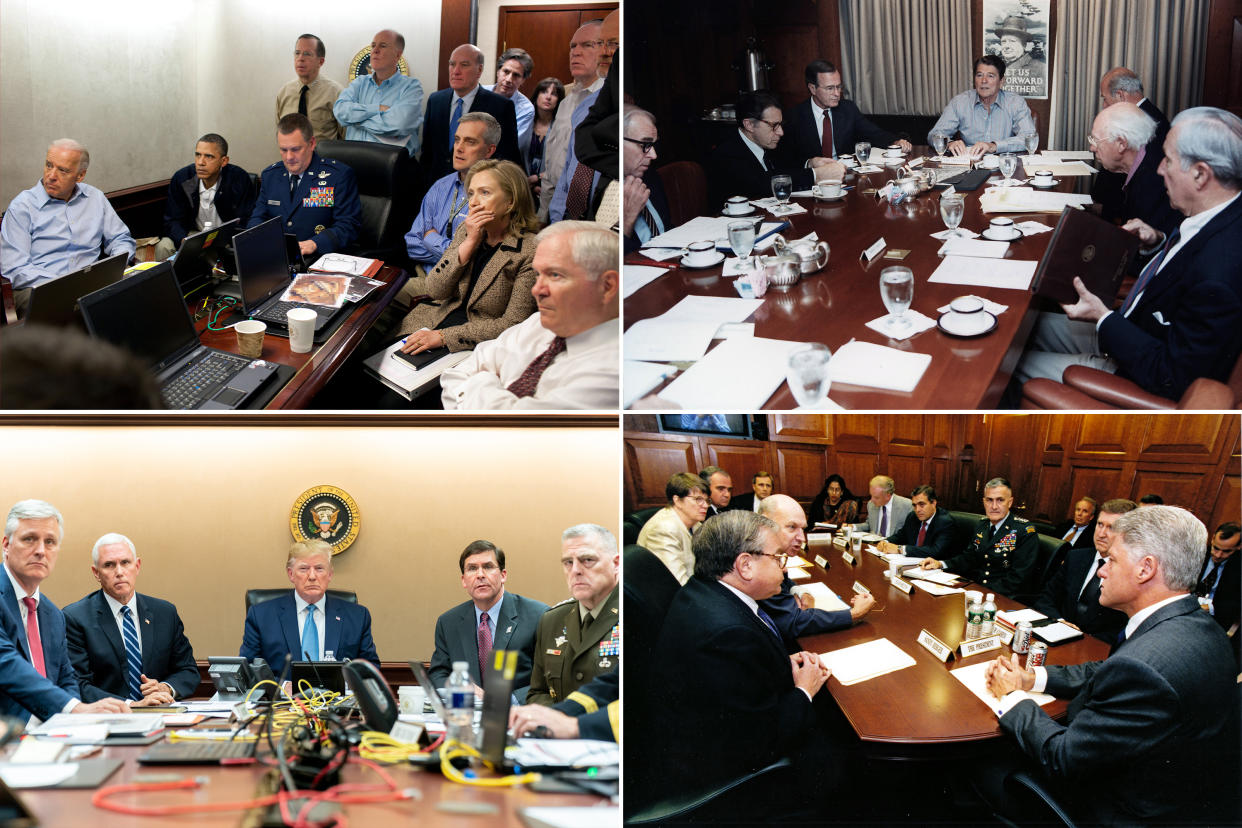
- Oops!Something went wrong.Please try again later.
- Oops!Something went wrong.Please try again later.
- Oops!Something went wrong.Please try again later.
- Oops!Something went wrong.Please try again later.
On May 1, 2011, President Obama, his staff and military brass watched the raid to on Osama bin Laden’s Pakistan compound while crowded tightly together in the Situation Room, the sequestered complex in the White House basement.
Official White House photographer Pete Souza captured the iconic moment, but it only happened because of technical difficulties.
Obama was originally alone as the mission took place, getting updates in a large conference room — despite its singular name, the Situation Room is actually several conference rooms and offices.
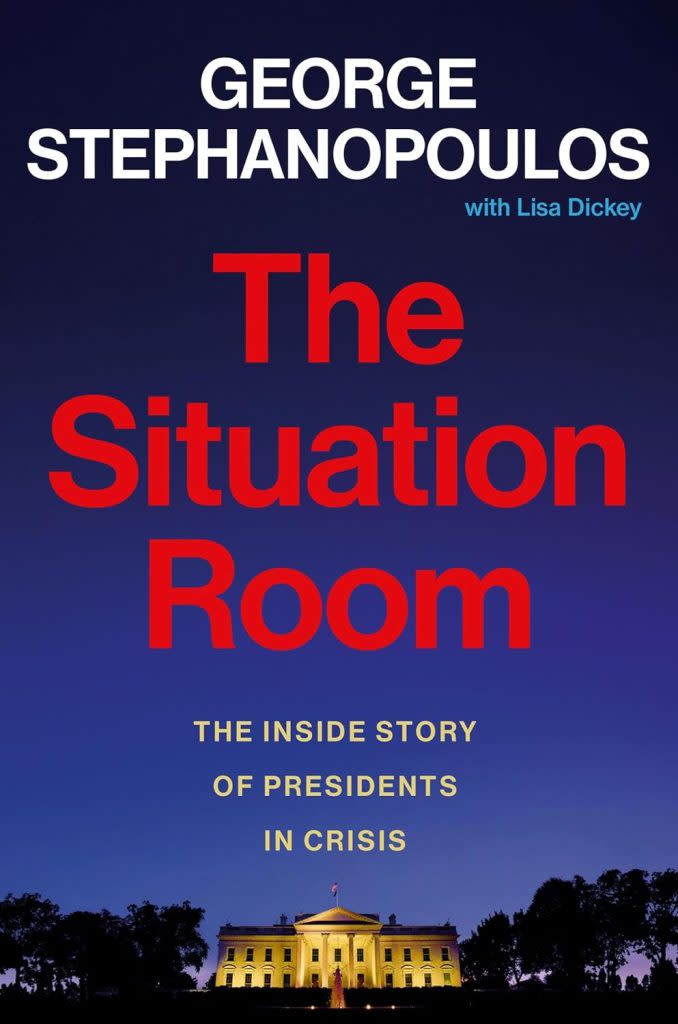
But, the tech crew couldn’t figure out how to patch in a live video feed of the mission to that particular room, so the president watched history unfold with the rest of those assembled.
That’s “how you end up with this rather clown-car-like image of everyone trying to cram into the small room — because no one can quite figure out how to move the video over to the big room,” former National Counterterrorism Center director Mike Leiter tells George Stephanopoulos in his fascinating new book “The Situation Room: The Inside Story of Presidents in Crisis” (Grand Central Publishing), out May 14th.
When most people think of the Situation Room, they imagine something full of grandeur and mystique, like the epic war rooms depicted in movies such as “Dr. Strangelove,” but Stephanopoulos reveals it to be paradox.
It “has been the crisis center during America’s catastrophes,” where some of the world’s most “sensitive and sometimes scary information” has been shared, he writes. But the 5,500-square foot Situation Room is also, physically, a “mundane place” that’s not above technical issues.
Though the idea for the Situation Room was first suggested to President Eisenhower in the 1950s, it was John F. Kennedy who acted on it, less than two weeks after the disastrous Bay of Pigs invasion in 1961.
A location was picked — an old bowling alley below the West Wing — and several names were suggested, from “Nerve Center” to “Executive Coordination Center.” Kennedy ultimately picked a moniker coined by military researchers, who’d filed a report recommending a “National Daily Situation Room” for Cold War matters.
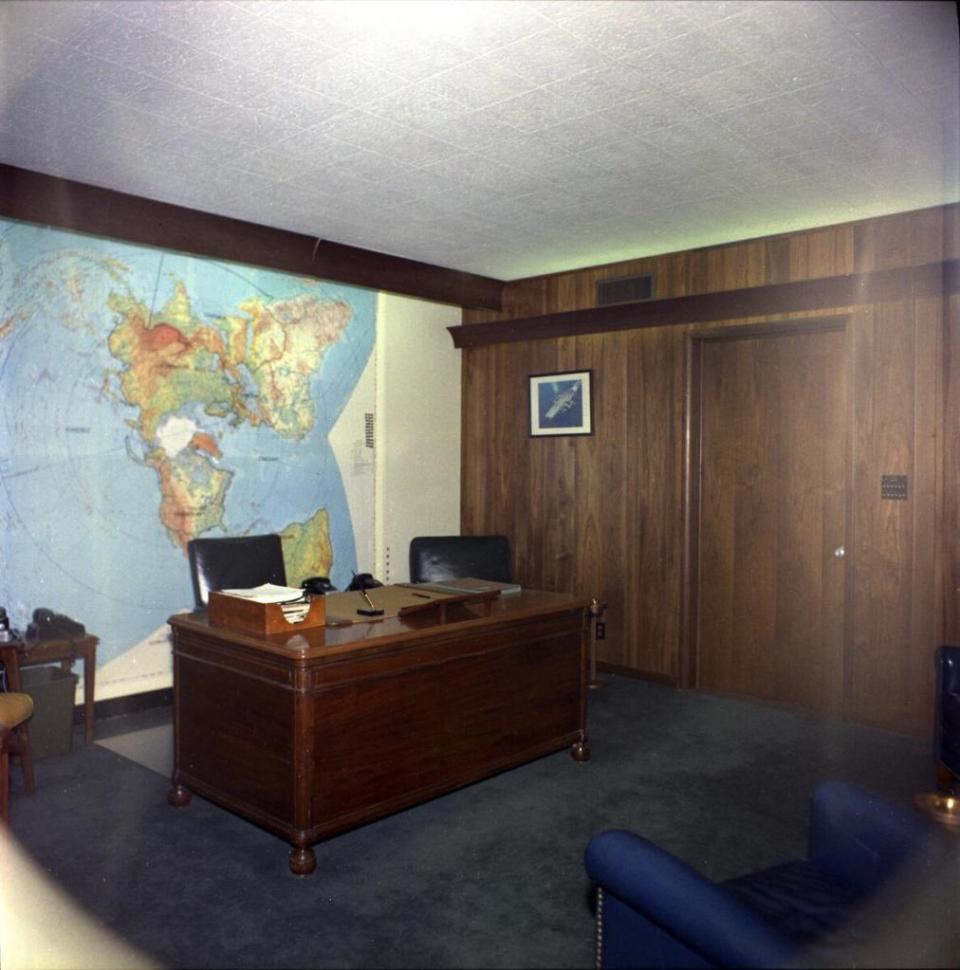
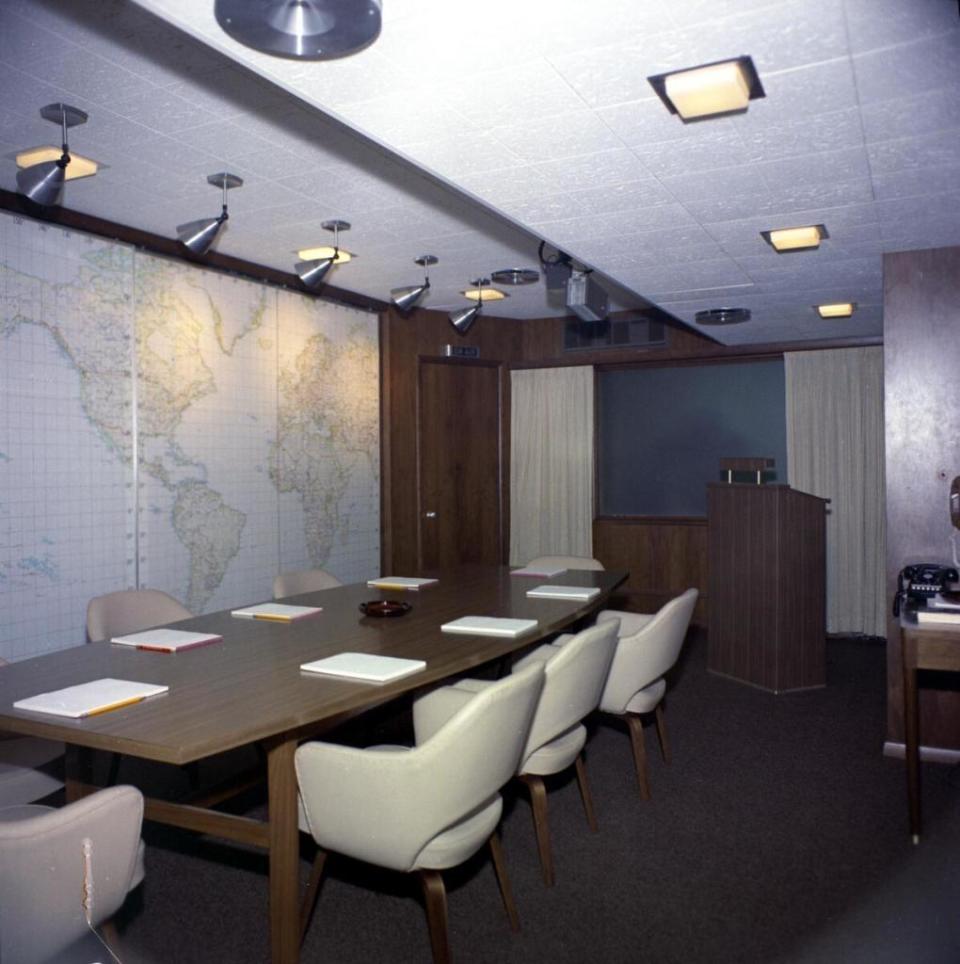
Less than a year later, during the Cuban Missile Crisis in October 1962, the Situation Room would prove to be integral.
When Soviet leader Nikita Khrushchev decided to remove the missiles, he announced his plans on Radio Moscow, where the message was intercepted by Situation Room staff and immediately relayed to Kennedy.
“If the Sit Room had not yet existed, Khrushchev’s overture would have taken longer to arrive, and the Cuban Missile Crisis might have taken a much darker turn,” writes Stephanopoulos.
Twelve administrations have used the Situation Room, and each president’s attitude towards it “reflected his personality,” he notes.
Some, like Lyndon B. Johnson and Ronald Reagan, “wanted to be in the place where things happened.” Others, such as Richard Nixon and Donald Trump, disliked being in the National Security Council’s domain.
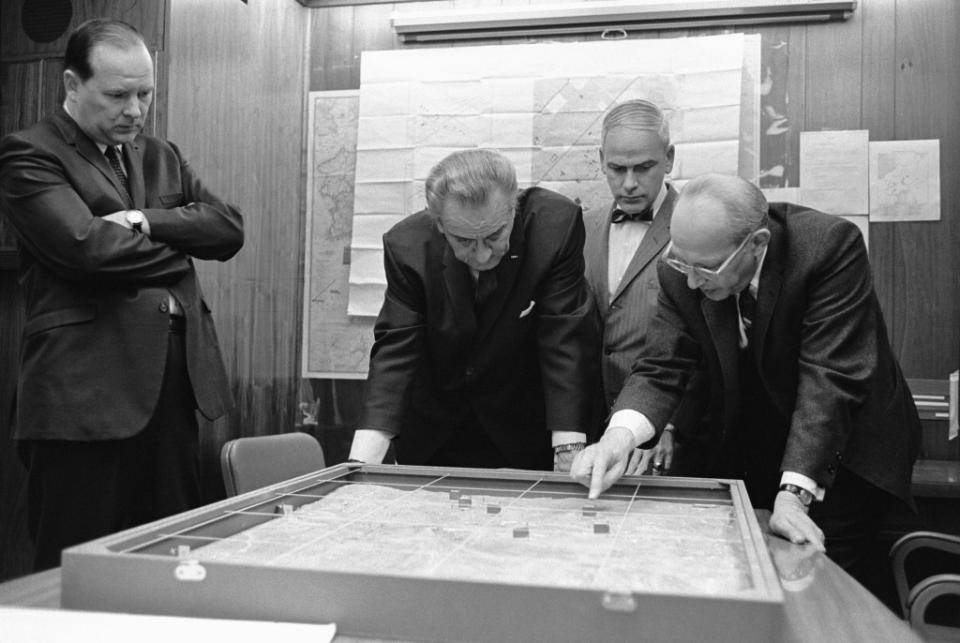
Ford preferred the Oval Office to the Sit Room because, as his biographer Richard Norton Smith speculated, it was “a way to establish his legitimacy as president.”
Kissinger believed Nixon hated the Situation Room because “Johnson had suffered from the ‘Situation Room syndrome,'” Stephanopoulos writes.
LBJ, his presidential predecessor, had an unhealthy obsession with the place, often spending sleepless nights getting regular updates on the Vietnam War. Johnson once told his wife, according to her diary, that he wanted “to be called every time somebody dies.” (It didn’t help that both of his sons-in-law were fighting in the war.)
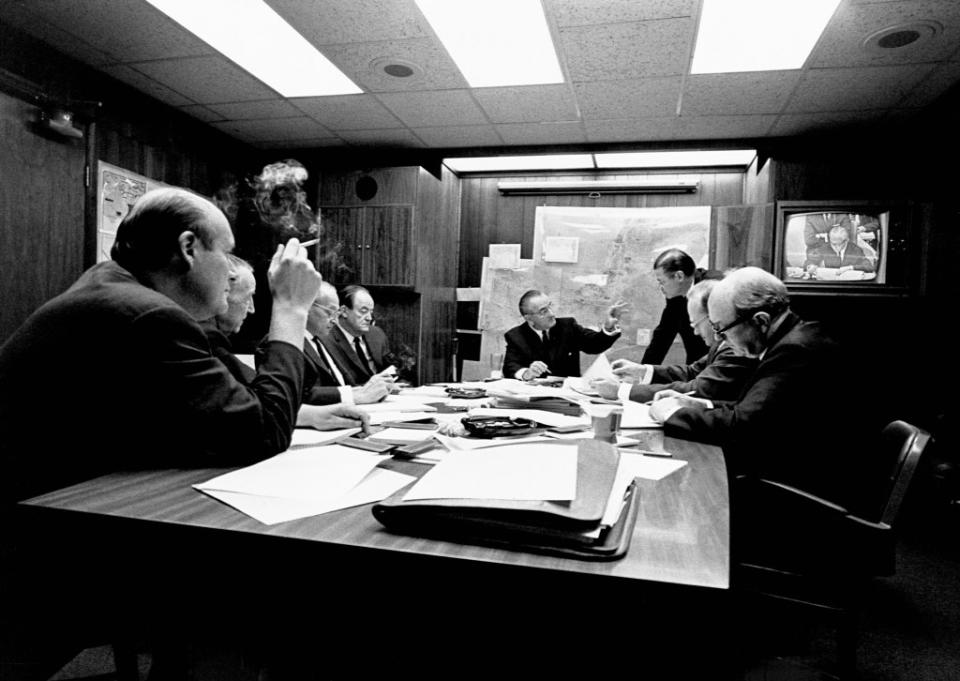
But Nixon also avoided the Sit Room room because he was grappling with his own demons. In October 1973, as Kissinger and other White House advisers tried to decide how to respond to the Yom Kippur War, Nixon “was holed up in the residence,” Stephanopoulos writes, “incapacitated by scotch, sleeping pills and depression.”
Stories from the Situation Room’s colorful history run the gamut from heroic to silly.
During 9/11, just like “the firefighters in New York rushed toward the burning towers, Sit Room staffers raced toward the White House,” writes Stephanopoulos. When the White House was given evacuation orders, because of concerns that terrorists were targeting the building, the staff declined to leave.
Frank Miller, the senior director for defense policy, asked everybody to write down their names and Social Security numbers. “We want to know what bodies to look for,” he explained. Even that chilling request wasn’t enough to get staffers to leave their posts.
There are also tales that sound like they could be something out of a sitcom. Ford rarely visited the Sit Room for official business, but regularly traipsed through the complex with First Lady Betty “in their bathing suits,” Stephanopoulos writes, “on their way to the White House’s new outdoor swimming pool.”
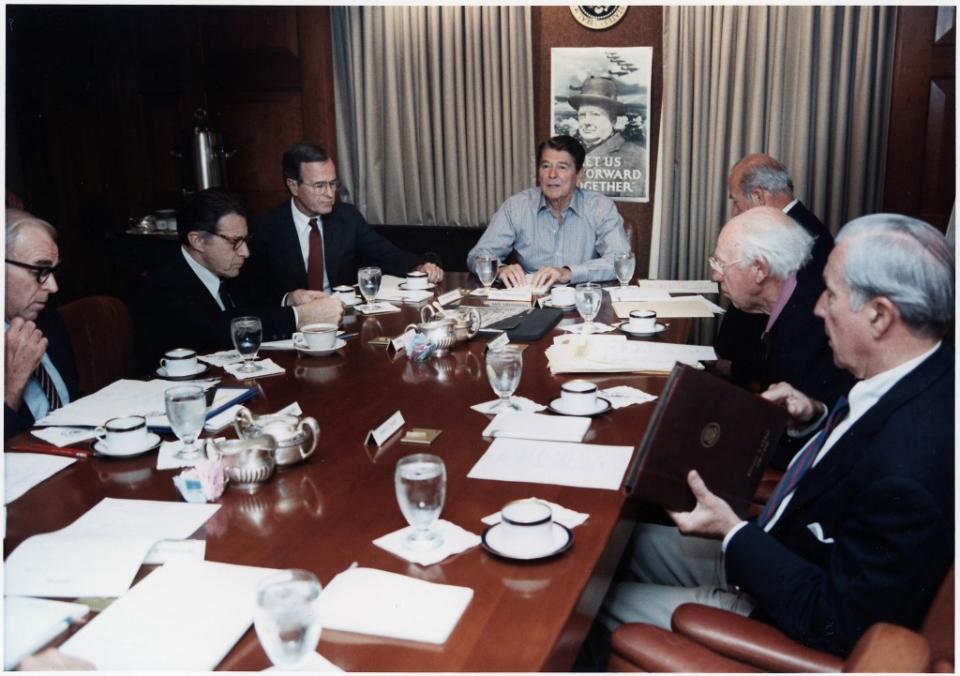
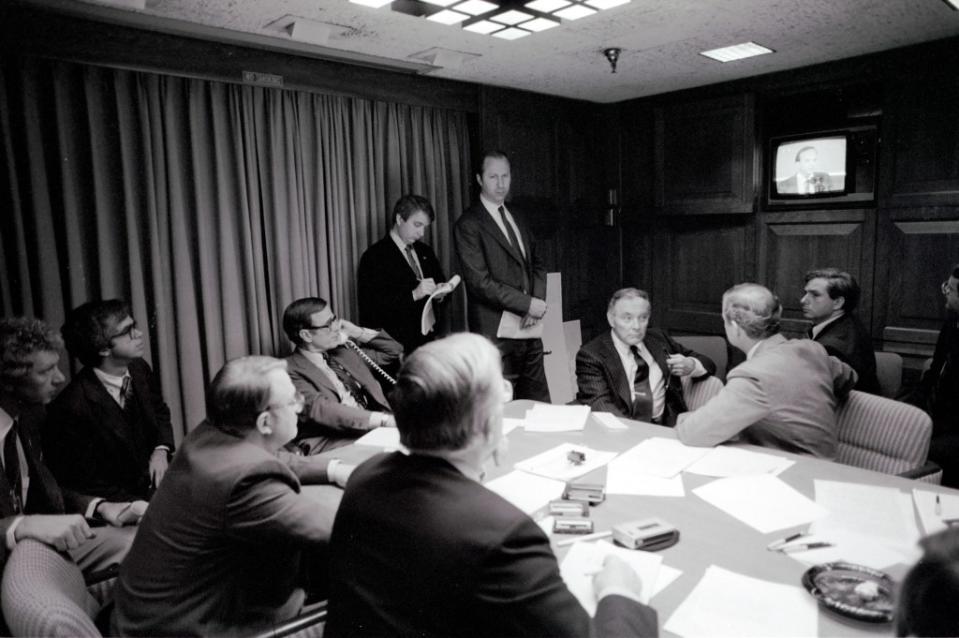
Jimmy Carter, during a Situation Room meeting to discuss Desert One, the ultimately doomed mission to rescue hostages from Iran, recognized that one of the colonels had a distinctive Georgian accent.
“You’re my neighbor!” Carter exclaimed, realizing they likely lived in the same town. “Who are your folks?”
He also took meetings about using “remote viewers” — better known as psychics — to gather intelligence and help with military operations. During one discussion with U.S. Navy captain Jake Stewart, Carter asked if psychics could be used to locate the hostages.
“I don’t know,” Stewart told him. “Do you want me to try?” Carter just nodded.
In 2012, Obama attempted to contact a Saudi Arabian prince who was being treated at the Cleveland Clinic, but calls from the Situation Room were repeatedly dismissed as a prank.
“They said, ‘Sure, fella!’ and hung up,” former Sit Room duty officer Drew Roberts told Stephanopoulos. “We called five more times with various ‘No, wait! I’m serious!’ ploys and were hung up on five more times.”
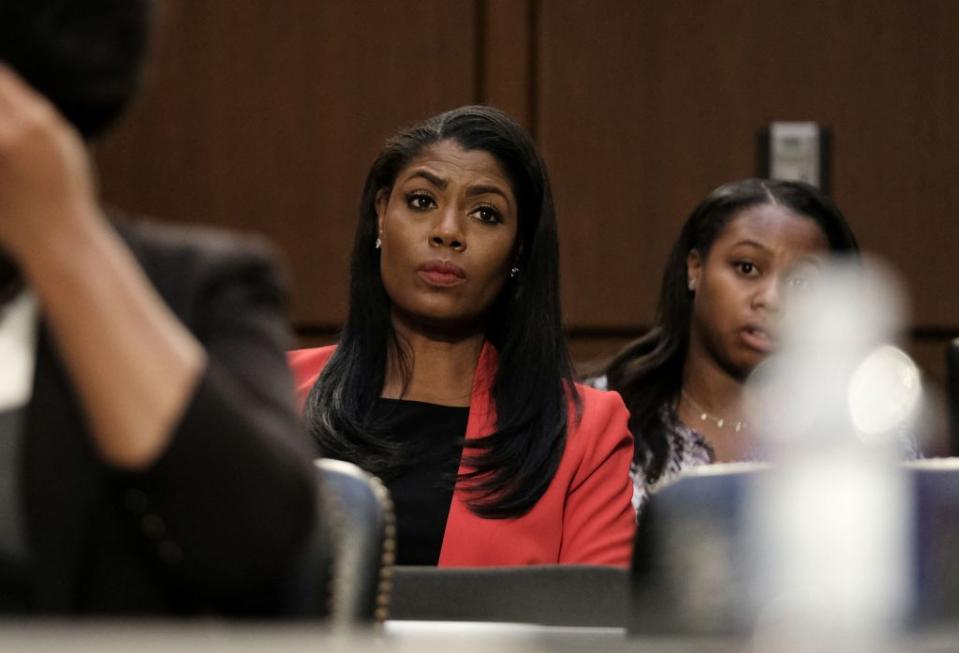
Security in the Situation Room is tight — no cellphones of any kind are allowed, and, to this day, no calls between heads of state are recorded. Instead, three staffers listen in on headsets and write down everything by hand, comparing their versions later.
Only a handful of conversations in the room have ever been recorded. One of them was March of 1981, after Ronald Reagan was shot in Washington D.C.
National security adviser Richard Allen brought in a small tape recorder to “capture the scene for posterity,” writes Stephanopoulos. It was frenzied, with White House chief of staff Al Haig demanding that before anything was revealed to the world, “we’ll discuss at this table!”
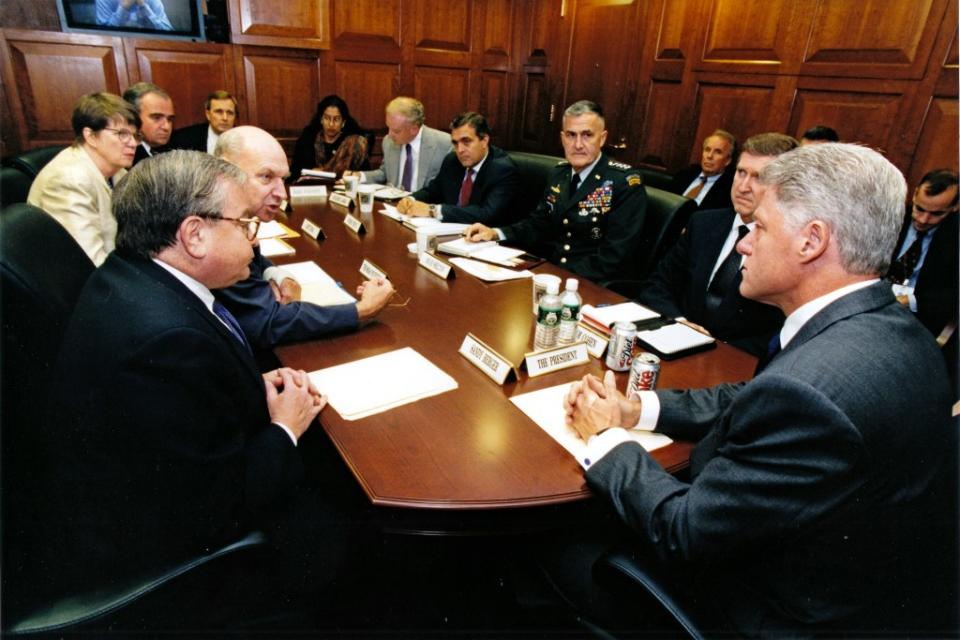
The other recording came in 2017, when Trump aide Omarosa became the first person to ever be fired in the Situation Room. She smuggled in a recorder.
It happened, as Obama-era Sit Room director Larry Pfeiffer told Stephanopoulos, because “nobody’s being frisked as they come in the door. It’s an honor system … Most of the people coming in and out of there tend to be very high-level, very important people. Certain assumptions get made that they’re going to do the right thing.”
The shadow of history is hard to ignore in the Situation Room. During planning sessions for the 2011 bin Laden raid, then Secretary of Defense Bob Gates couldn’t help but remember the failed attempt to free hostages during the Carter administration in 1980.
“You felt this ghost come in the room with him saying ‘I was here for that,’” deputy national Ben Rhodes, a security adviser for strategic communications, told Stephanopoulos.
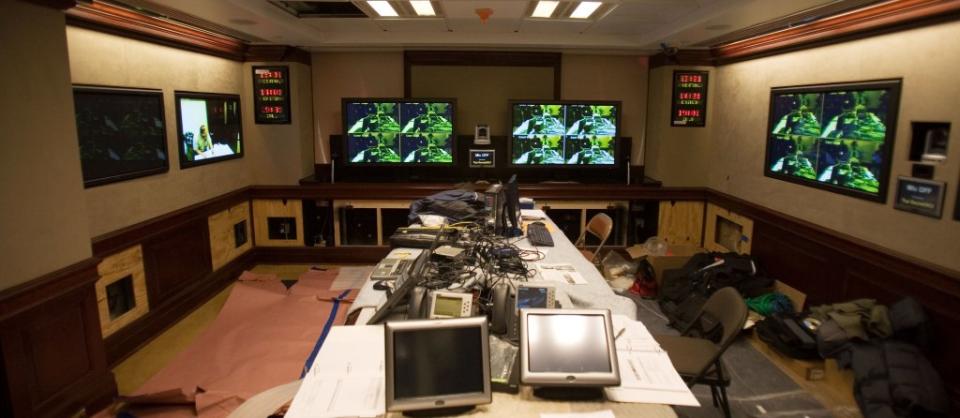
Gates voted against the raid, noting too many similarities with Carter’s foiled mission. Obama heard out his concerns, and the raid proceeded anyway, succeeding partly because they leaned on Gates’s experience.
“It was like a football team playing together an entire season, then rolling into the Super Bowl at peak performance,” Stephanopoulos writes.
A lot has changed since the Situation Room’s debut. It got a $50 million upgrade last year, with faster servers and new tech for detecting unauthorized mobile devices, but it’s also come full circle.
“Once again, the United States and Russia are adversaries,” Stephanopoulos writes. “History is, in some ways, repeating itself.”
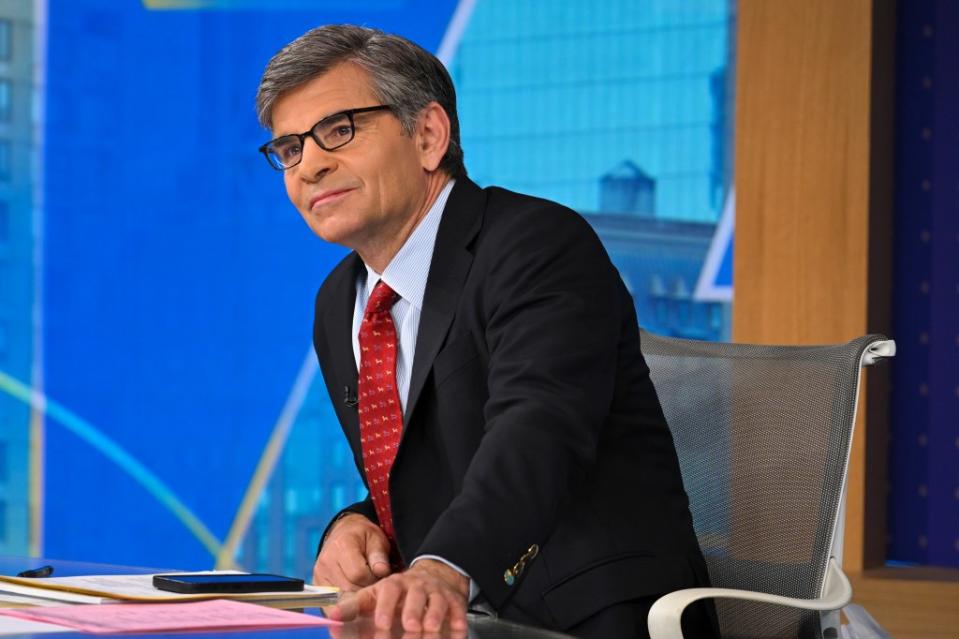
And the Sit Room remains at the center of it all. Except now, young staffers refer to to it by its initials — WHSR, pronounced “whizzer.”
NSC spokesperson Emily Horne told Stephanopoulos that she’s as surprised as anyone about the change.
“I suppose I’m not one of the cool kids,” she told him, “because I still can’t bring myself to call it that.”

